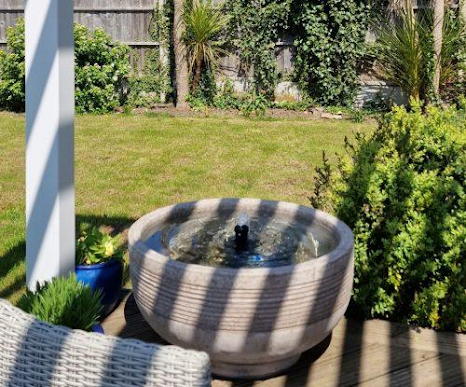Gardening in Tubs and Urns for Your Private Little Garden
Tubs or urns are typical garden ornaments, valuable for display on the terrace, roof garden, courtyard, veranda and doorsteps. Garden tub planters and urns are portables and can be used indoors or elsewhere for provisional decoration. Decorative plants displayed in these decorative containers at appropriate places look beautiful. Even an ordinary plant grown in a tub or urn will provide a focal point to your garden by creating unity through supremacy.
The Material Used for Tubs and Urns:
Various materials are available, which can be used as tubs or urns. The tub or the jar can be made of wood or preferably of brick, concrete or carved out of stone. Metal decorative urns look beautiful on the veranda, near the staircase, or inside the house. Tubs and urns of different shapes and fashions can be made from fine-grade concrete. Wooden tubs are best suited for the hot sunny place.
Wooden or cement tubs are painted to match the colour of the house. All tubs should stand on their leg or should be positioned over bricks for easy drainage. Each large tub planters or urn must have more than one hole for the proper removal of excess water. The primary principle in selecting the tub is to ensure that it holds sufficient soil and provides proper drainage. However, a container without a drainage hole is proper if adequate drainage material, such as gravel, is put at the bottom and drenching is avoided.
Growing Plants in Tubs and Urns:
- Potting soil: The potting combination generally used for regular pots can be used for tubs or urns.
- Manuring: The tub plants need frequent manuring, and feeding them with liquid manure is advisable every fortnight.
- Replanting: To replenish plant food, all plants in tubs or urns must be replanted every two or three years.
- Watering: Watering frequency depends on the weather, plant type and tub size.



Comments
Post a Comment